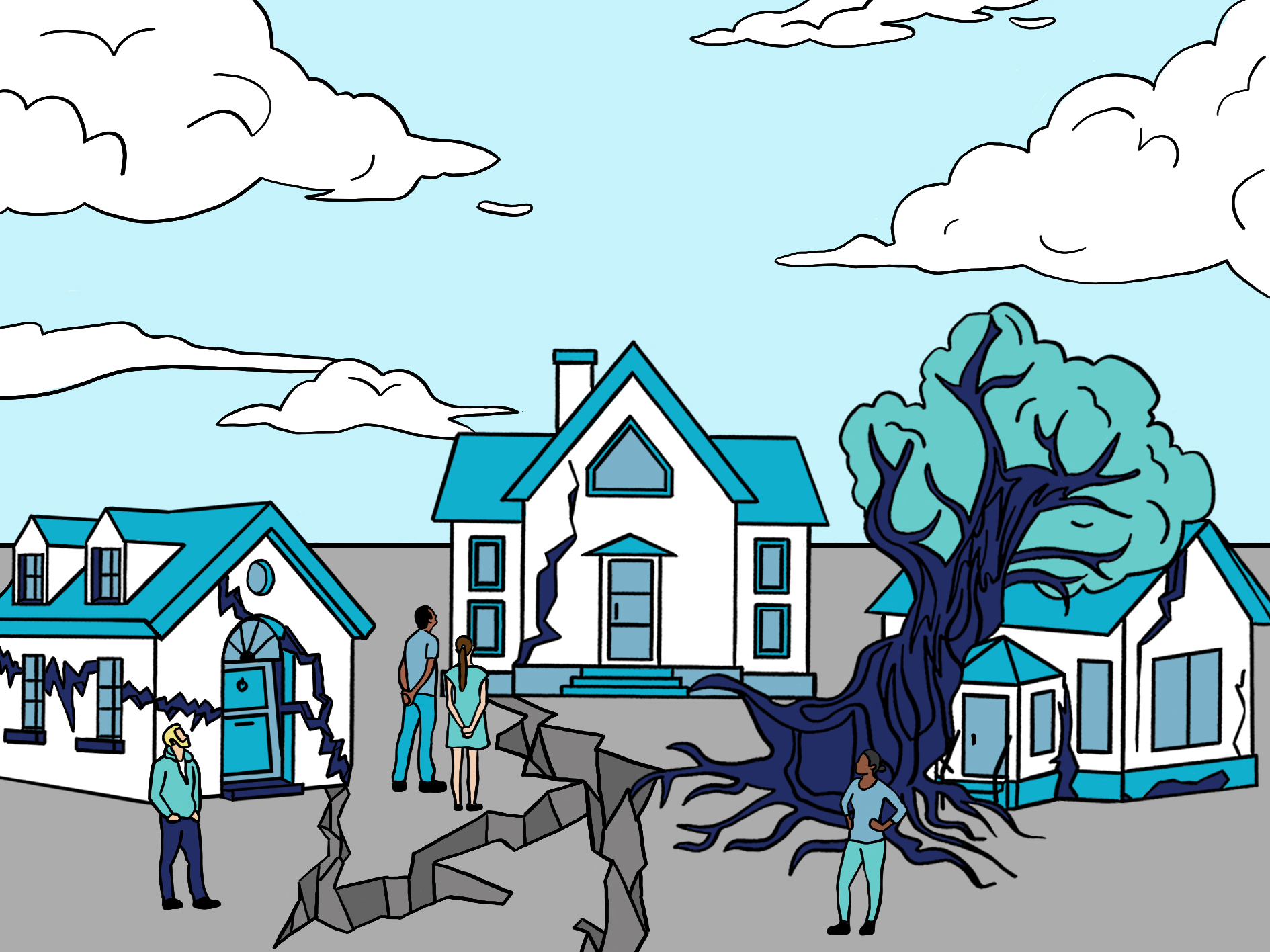About Sentinel
Sentinel improves earthquake response management in high risk areas, particularly urban centres. Sentinel draws its data from EQRNet, CSI’s own NZ wide network of ground shaking earthquake sensors. We have hundreds of operational sensors, and our network is supplemented by direct data capture from GeoNet’s strong motion network. When an earthquake occurs, Sentinel extracts raw ground shaking data from EQRNet, in the region affected by the earthquake. Using a high speed cloud processing system, Sentinel translates the raw data into useful, practical information to help you make the best decision for your business and building.
Sentinel sends this information to you via email messages, SMS messages, mobile App and this website. The use of multiple routes is deliberate; our experience shows that it is an important way of ensuring the key information gets through to you. The detail of the information you receive depends on your access level and needs. Business operators or tenants get a simple “traffic light” system (white, amber, red). Building owners or their engineers get more detailed information. Emergency management and Civil Defence services get area wide summary information. The general public have access to city-wide shake maps that explain the shaking across the city.
When an earthquake occurs, each building monitored by Sentinel is assigned a colour, the colour representing the maximum shaking level for that building relative to is design code. If the shaking is above the design strength, the Condition is RED. This means there is a possibility of structural damage. If the shaking is less than the design strength, but greater than the service limit, Sentinel assigns condition AMBER. This means the building may have suffered non-structural damage (ceiling tiles, water and other services, partition walls, etc). If the shaking is below the service limit, Sentinel assigns condition WHITE – the building should have suffered no damage.
Each individual user can configure the “action I should take” part of the instant message they receive. This could be, for example “take no action” (Condition WHITE), “evacuate whilst we check critical areas” (Condition AMBER) or “evacuate and arrange a detailed engineering damage assessment” (Condition RED). This way, users can use Sentinel to trigger their emergency response plans – robust, evidenced based decisions from actual data, not gut feel or guesswork.
The Modified Mercalli Intensity Scale
The Modified Mercalli intensity scale (MM or MMI), descended from Giuseppe Mercalli's Mercalli intensity scale of 1902, is a seismic intensity scale used for measuring the intensity of shaking produced by an earthquake. It measures the effects of an earthquake at a given location, distinguished from the earthquake's inherent force or strength as measured by seismic magnitude scales (such as the "Mw" magnitude usually reported for an earthquake). While shaking is driven by the seismic energy released by an earthquake, earthquakes differ in how much of their energy is radiated as seismic waves. Deeper earthquakes also have less interaction with the surface, and their energy is spread out across a larger area. Shaking intensity is localized, generally diminishing with distance from the earthquake's epicenter, but can be amplified in sedimentary basins and certain kinds of unconsolidated soils.
Intensity scales empirically categorize the intensity of shaking based on the effects reported by untrained observers and are adapted for the effects that might be observed in a particular region.[1] In not requiring instrumental measurements, they are useful for estimating the magnitude and location of historical (pre-instrumental) earthquakes: the greatest intensities generally correspond to the epicentral area, and their degree and extent (possibly augmented with knowledge of local geological conditions) can be compared with other local earthquakes to estimate the magnitude.







